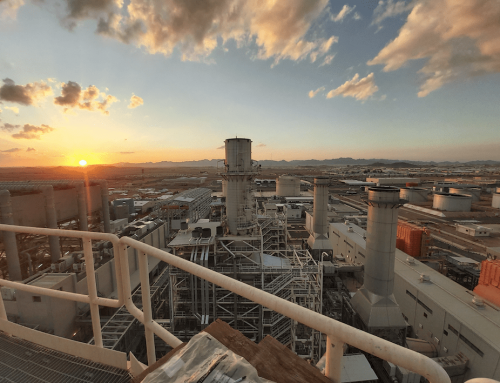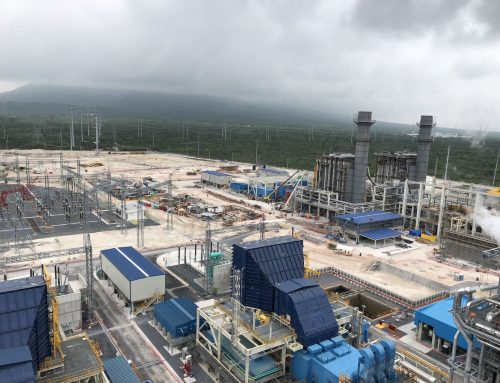For most of the industrialized era, power generation has come from centralized sources (such as coal-fired plants.) However, with the further development of other power sources including renewables on a much smaller scale, the opportunity to combine these energy streams to help meet power demands has become a reality.
This is the concept behind a virtual power plant (VPP) which aims to optimize power plants including fossil fuel and solar. Each of the power sources within a VPP network is independently owned and operated but are administered through a central system that monitors each of them and controls them through encrypted data.
The concept of a VPP is not new: its roots date back to the 90’s, but they were mostly theoretical at the time due to restrictions and technology limitations. But by 2010 the technology had evolved, and Germany in particular embraced this model as the country closed its nuclear power sources. VPPs have now become a viable and growing approach meeting energy demands across the world.
A VPP is an interface for the various distributed energy sources (DERs), which can include both fossil-fuel burning plants and renewables. All of the assets on a VPP can be traded as one collective unit, opening up opportunities for smaller producers that otherwise would not be allowed to join the wholesale electricity market. By joining together, this puts VPPs on a level playing ground with centralized power plants.
Taking a load off
A VPP is not meant to completely replace conventional sources of power, but rather to supplement them when needed most. Using the sophisticated remote-control systems, the energy produced by the components of a VPP is distributed during peak demand. At the same time, data from the plants such as energy consumption and storage levels help produce accurate forecasts for scheduling and trading.
While many small-scale plants don’t meet the requirements to be included in the grid, the power generated by all of the components of a VPP can be equal to (or exceed) the output of a nuclear generating plant.
Flexibility is The Key
However, since the assets in a VPP are (for the most part) reliant on wind or solar to optimize output, these networks often consist of a variety of power sources to maintain viability. The key to a VPP is in its flexibility: it can quickly adjust to existing power supplies. For example, if the demand is not high, some of the renewable components such as wind power can be reduced in order to balance out supply, which is easier than slowing down a generating plant that relies on fossil fuel or nuclear to power the turbines with steam. The same goes for when power supply on the grid is low – the VPP can ramp up production to compensate.
Because of the flexibility of a VPP, large consumers (industrial operations) can time their peak power consumption when energy is at a lower price, which leads to cost savings. The control systems can be directly linked to a company’s control room that is fitted with consumption metering. Meanwhile, individual residences may also be able to better take advantage of peak prices from VPPs thanks to smart meters that are being rolled out.
More power to the people
A VPP can be seen as a way to democratize the power market, with small individual producers joining forces to meet demand while generating revenue. The timing of the rise of VPPs is significant: while large fossil fuel energy production gets less operationally efficient and continues to be impactful on the environment, VPPs can connect many renewable sources that can meet energy demand in real-time.
Predictions are that individual consumers will factor more into power production in the future, as more homeowners are adding solar panels to their roofs. A VPP can help distribute power from solar that’s not being consumed by one household to other nearby homes.
Furthermore, the revenue generated for vendors in VPPs is expected to keep growing, exceeding $5.3 billion in the U.S. alone by 2023. The VPPs will produce a projected 28,000 megawatts of power by that time.
Major players in the industry continue to watch the shift in the market as more VPPs come online to meet and balance energy requirements.




